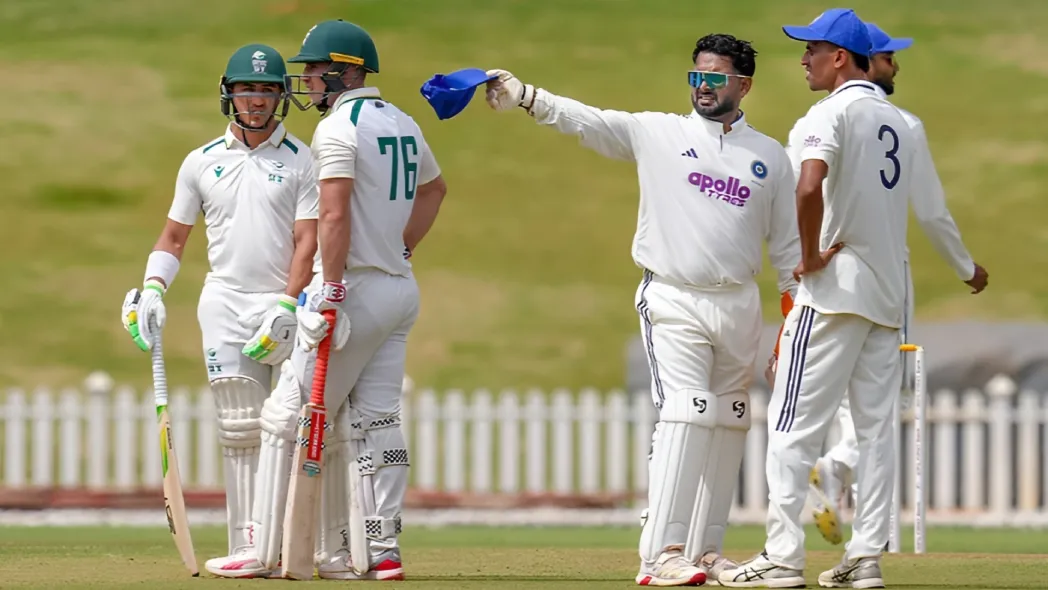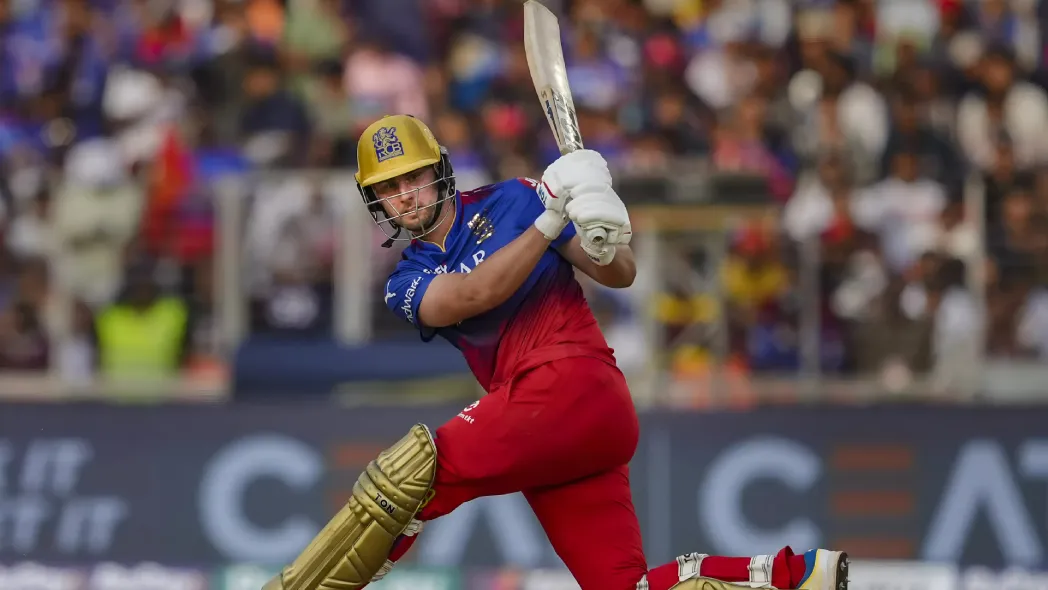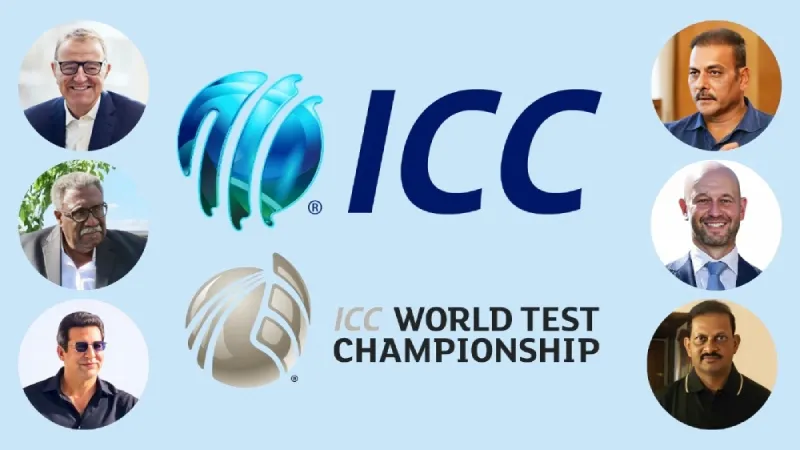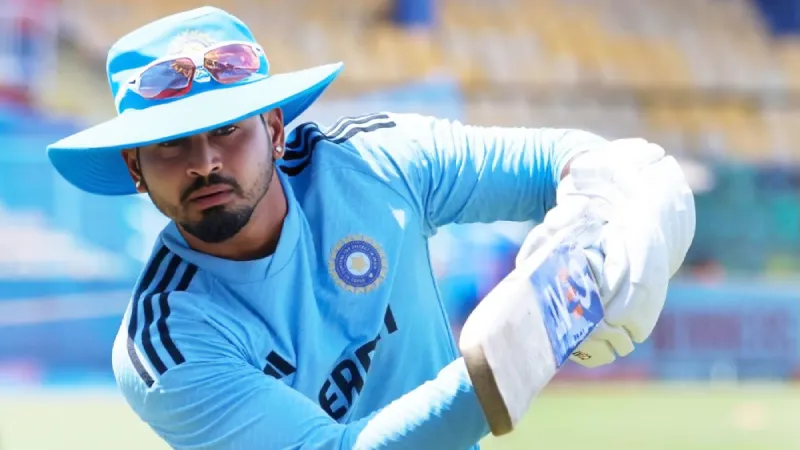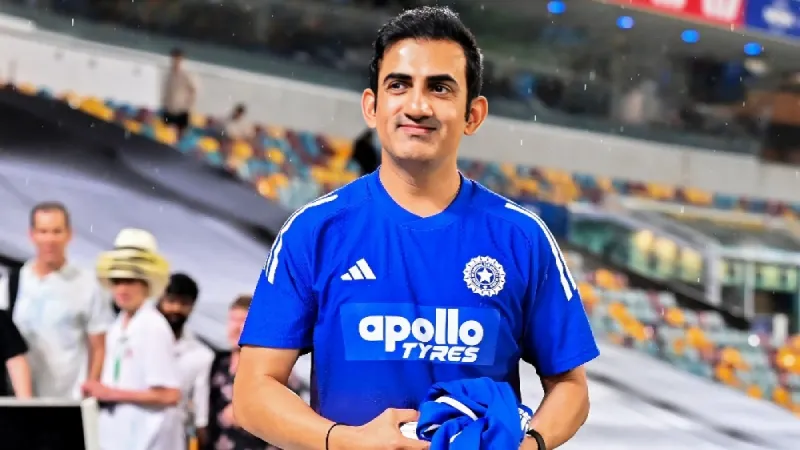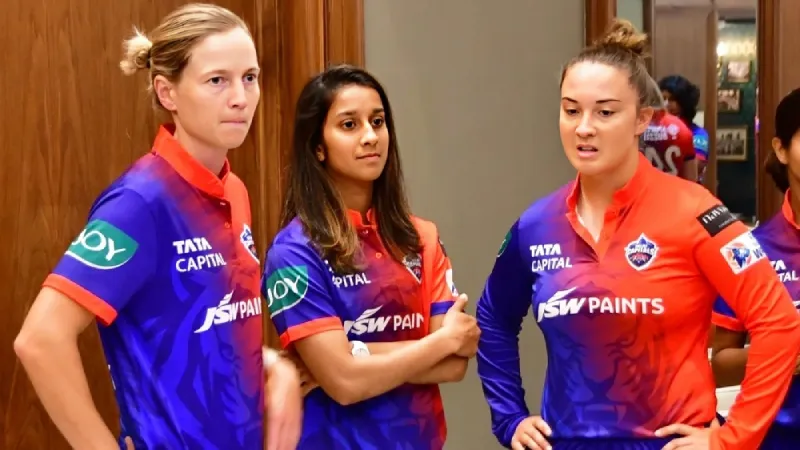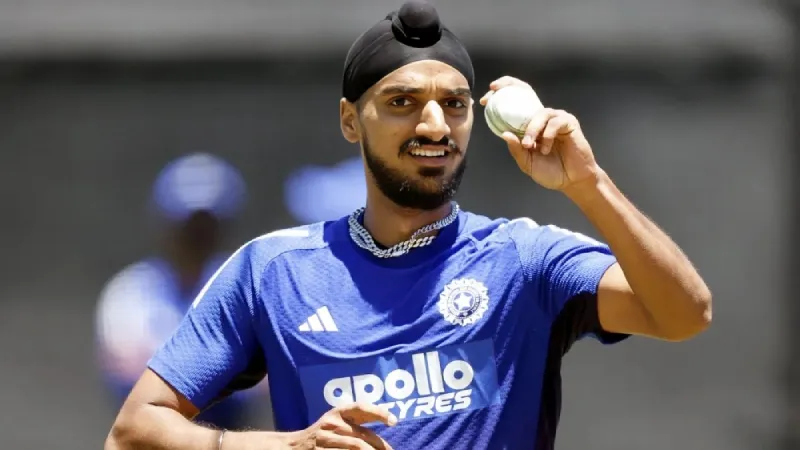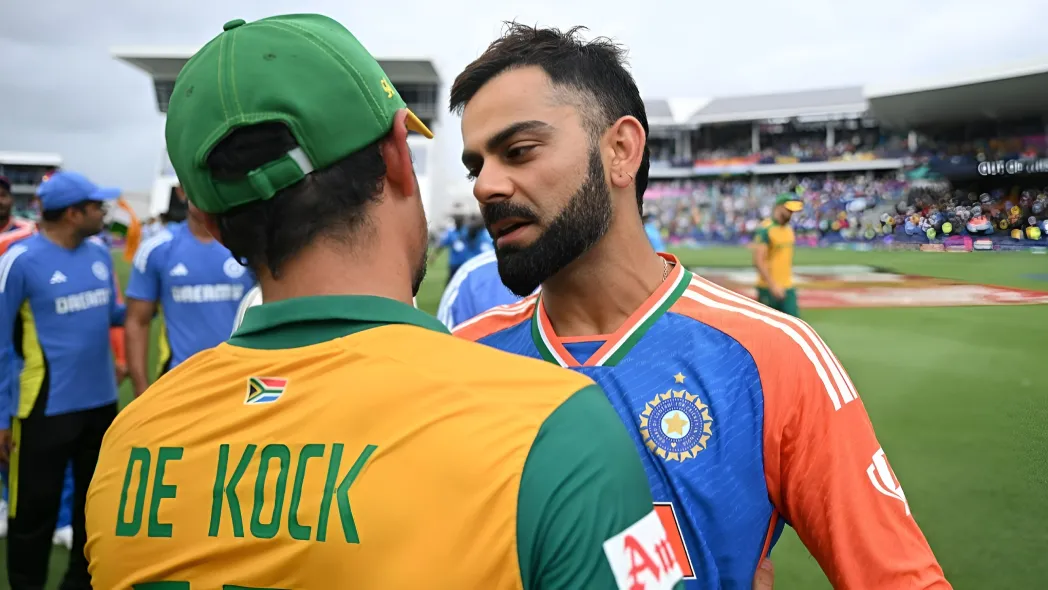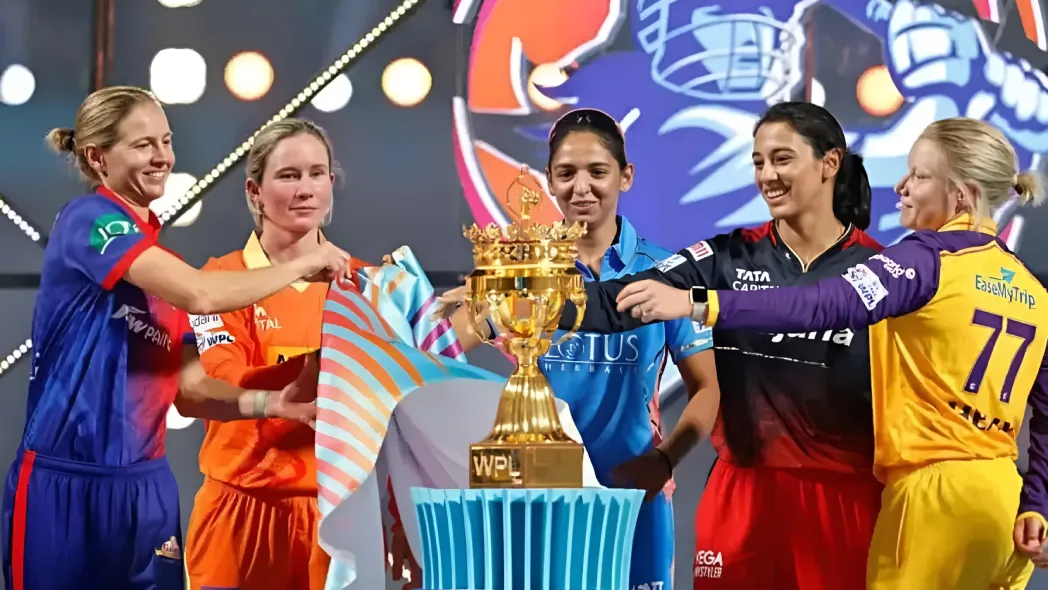When a Test match is scheduled in India, the question is never if the pitch will spin; it’s when. But at Eden Gardens, that question feels almost rebellious. In a country where spinners are cricketing royalty, Kolkata’s famed venue has quietly built a reputation for being India’s most pace-friendly fortress. Since 2010, its fast bowlers have averaged a staggering 27.44 per wicket, the best in the country.
This week, as India and South Africa gear up for the first Test, the strip looks less like a dustbowl and more like a fair contest. With mild weather and a straw-colored surface promising grip only by day three, the first two days could belong to the quicks. The irony? On Indian soil, both sides might just find themselves chasing early wickets through seam and swing, not spin.
Where the Hooghly Meets the Seam
The Hooghly River’s breeze blows into the northwest stands of Eden Gardens bringing with it an element that will always be unique to this stadium and will make the new ball swing slightly in the morning making it a perfect time for bowlers like Jasprit Bumrah and Kagiso Rabada to hunt some early wickets, add in a little extra moisture in the form of the sweat of the pitch as it perspires under covers, and you’ve got the perfect mixture for early wicket takers.
Eden Garden’s historical statistics support that notion, too. Since 2010, fast bowlers have averaged almost 19 wickets per test at this ground, far and away from the next closest, which is Mohali with an average of 13.8. It’s not simply a matter of chance; it’s a trend. Whether Shami’s dream debut in 2013 or Anderson’s display of reverse swing in 2012, bowlers are rewarded for their ability to shape it left and right before it begins to turn sideways.
Not Every Indian Pitch Wears a Turban
Indian pitches are often thought to worship spin; however, this is a misconception that overlooks the nuances in many Indian surfaces – particularly at a venue such as Kolkata. Between 2016 and 2019, Eden Park hosted three tests in which pace bowlers set the terms for how play was to unfold – with greenish tops and significant movement off the seam as well as uneven bounce, and during these contests, 85 wickets were claimed by quicks; a number that would suggest that Eden Park is similar to The Oval, rather than a traditional ‘fortress’ type surface for India.
The 2025 version may look tamer, but the DNA remains. There’s reverse swing lurking mid-innings, and cracks that widen just enough to keep batters guessing. This is the kind of pitch that doesn’t just test your wrist, it tests your wits.
Rabada’s Redemption vs India’s Reverse Artistry
No series in India is ever complete without a subplot involving Kagiso Rabada and reverse swing. On his last tour in 2019, Rabada’s numbers (7 wickets at 40.71) didn’t reflect the story. He beat the bat relentlessly, 43 false shots for just three new-ball wickets, but without luck or support, his efforts dissolved in the heat. Meanwhile, India’s trio of Shami, Umesh, and Ishant hunted in a pack, taking 19 new-ball wickets at half the effort.
What makes them different? They have better precision, patience, and a better backup plan for spin bowling. Indian quicks know when to go at the stumps, when to scuff the ball, and when to switch from one type of bowling to another as they bring in the spin bowlers. The ability to create that type of rhythm or pattern (seam to spin, then spin to seam) is the unspoken aspect of Indian cricket, which South African players are still learning how to develop.
Key Takeaway
Eden Gardens doesn’t betray spinners; it just gives fast bowlers a two-day head start.
FAQs
1. Why is Eden Gardens considered pace-friendly despite being in India?
Because its microclimate, sea breeze, and pitch composition allow swing and seam movement early in matches.
2. Who are the key fast bowlers to watch in this Test?
Jasprit Bumrah and Mohammed Shami for India; Kagiso Rabada and Marco Jansen for South Africa.
3. When is spin expected to dominate at Eden Gardens?
Typically, from Day 3 onwards, once the surface dries and roughens enough to grip.
Disclaimer: This blog post reflects the author’s personal insights and analysis. Readers are encouraged to consider the perspectives shared and draw their own conclusions.
Step into the world of cricket with JeetBuzz News—where expert opinions, trending Blogs, and behind-the-scenes insights meet all your favorite topics. Stay informed, stay entertained, and never miss the stories shaping the cricketing world—only on JeetBuzz News!



































































































































